Microfibre Cloths Vs Old Rags: Clean Up To 10x Better This Way
Still wiping your kitchen counters with your old T-shirt? It is time for an upgrade. Discover how switching to microfibre cloths can revolutionise the way homes sparkle, with less effort, less waste, and a lot more shine.

Microfibre vs Rags: 10 Reasons To Upgrade Your Cleaning Game At Home
Every home has that one old shirt torn at the sleeves, or a faded towel with threads hanging like they've seen things. And more often than not, they're reborn as cleaning rags, drafted into daily duty for wiping, scrubbing and polishing everything from dusty windowsills to curry-stained countertops.
But here's the thing: while they may do the job just about alright, they're not exactly the stars of the cleaning show. Enter microfibre cloths, sleek, scientific and surprisingly hardworking. These tiny-threaded marvels are silently replacing the ragged army in many homes. Why? Because they clean better. Much better.
From mopping up masala spills to giving that bike mirror a showroom shine, microfibre cloths are quietly becoming the household game-changer no one saw coming.
So what makes them so special? And is it truly time to bid farewell to the rags that have been with us since Diwali three years ago? Let's dive into the details and uncover why the humble microfibre might just be the hero our homes need.

Ditch The Rags: Microfiber Cloths Offer 10x Better Cleaning Power For Every Surface; Photo Credit: Pinterest
1. The Science Behind The Shine
Microfibre isn't just a fancy fabric; it's engineered brilliance. Each strand is about one-hundredth the diameter of a human hair. Think of it like thousands of microscopic hooks that grab dust, dirt, and even bacteria instead of just pushing them around like old rags tend to do.
This isn't marketing fluff. Studies show microfibre cloths can remove up to 99% of bacteria from surfaces, without any chemical cleaner. That's because the fine fibres split and interlock, trapping dirt deep inside. With rags, the dirt mostly just gets smeared, or worse, transferred from one surface to another. So, if the goal is a truly clean surface, not just one that looks it, microfibre wins hands down.
2. Goodbye Detergents, Hello Savings
Here's where it gets real: most cleaning with microfibre cloths doesn't even need soap. Just a little water, and they're off to work. That's because the static charge created by the fibres pulls dust and grime in like a magnet.
Not only does this cut down on detergent use, it saves money over time. No need for fancy surface sprays, antibacterial gels or half a dozen cloths for different rooms. One good microfibre cloth and a bit of water does the trick. Over a few months, that's ₹500 to ₹1,000 not spent on cleaning products. That's a nice meal out, or a full tank of petrol, depending on the city.
3. A Green Step for Every Home
Eco-friendly choices don't always require a solar panel or bamboo toothbrush. Something as small as switching to microfibre is a solid step towards reducing waste. Think about it: how many old clothes have been turned into rags, used once or twice, and then tossed?
Microfibre cloths last for hundreds of washes. Less detergent, fewer disposable wipes, and a lot less water used in cleaning. Over time, it cuts down both household waste and water bills. It's an effortless way to go a bit greener, one swipe at a time.
Also Read: Home Cleaning Made Easy: 5 Essential Household Products That Simplify Your Daily Routine
4. Tough on Grime, Gentle on Surfaces
That age-old t-shirt might be fine for wiping mud off a shoe, but would you trust it on your laptop screen? Or your glass-top dining table? Microfibre cloths are soft enough to clean delicate surfaces without a single scratch. That's why they're often used in car showrooms and by spectacle wearers who can't afford even a smudge.
On the flip side, they're still tough enough to clean greasy gas stoves and splattered walls after a particularly enthusiastic tadka session. No lint, no residue, just a spotless finish. Old rags? They leave behind streaks, loose threads, and sometimes even scratch if a hidden button or zip gets in the way.
5. One Cloth, Many Uses
Here's where microfibre really outshines old rags, versatility. One cloth can clean windows, polish silverware, dry dishes, dust electronics, and even shine up bike helmets. There's no need for a ‘kitchen rag', a ‘bathroom rag' and a ‘mop-up cloth'. Just rinse it out between uses, and it's good to go.
Plus, many come colour-coded. Yellow for dusting, blue for glass, green for kitchen, so there's no accidentally wiping the mirror with yesterday's chicken curry cloth. It's hygienic, hassle-free, and far more efficient.

Clean Smarter Now: Microfiber Cloths Beat Old Rags, Achieve Up To 10x Better Clean; Photo Credit: Pinterest
6. Fast Drying and Odour-Free
Old rags tend to smell let's be honest. After a day in the sink or hanging behind the bathroom door, they develop that unmistakable damp stink, especially in humid climates. Microfibre dries quickly. Very quickly.
This not only keeps the cloth fresh, but also prevents the growth of mildew and bacteria. No more sniff-tests before wiping the fridge handle. Just grab and clean. And if it ever does start to smell? A simple wash with hot water brings it back to life.
7. Saves Time, And Lots Of It
Ever scrubbed the floor with an old towel and still found patches of grime? That's because rags push dirt around instead of lifting it. Microfibre grabs the mess in one swipe. That means less scrubbing, fewer passes, and a faster finish.
Whether it's festival season deep-cleaning or a daily countertop wipe-down, cutting cleaning time in half is a blessing. Especially when there are laddoos to be made or guests on the way. Every minute saved matters, and microfibre delivers.
8. Long Life, Less Hassle
Microfibre cloths can last up to 500 washes if cared for properly. That's years of use. Compare that to rags that fray, tear, and fall apart after a few washes. And there's no need to keep restocking every few months.
Washing them is easy too, just avoid fabric softeners, and they're good to go. For the cost of around ₹100–₹150 per cloth, you get long-term value. No more last-minute rag searches when something spills, or wasting money on new dusters every month.
9. No More Dust Clouds
One of the most annoying things about dusting with rags is the cloud of fine dust that goes up every time you swipe. Especially in sunlight, it's like a mini dust storm indoors. Microfibre cloths trap dust instead of sending it flying.
That's a game changer for anyone with allergies or little kids at home. Clean doesn't just mean ‘looks tidy'. It means no sneezes, no itchy eyes, and genuinely healthier air indoors.
10. Looks Matter – Even in Cleaning
There's something oddly satisfying about a neat, clean cloth that does its job well. Microfibre cloths are easy on the eye, neat edges, clean colours, and no strange shapes or frayed bits. Keep them folded under the sink or in a drawer, and your cleaning kit instantly looks more ‘together'.
Old rags, on the other hand, often end up looking like something the dog chewed. They might be functional, but let's face it, they rarely spark joy. And in a world where cleaning has become oddly trendy (thanks, internet), a smart cloth that works is a small aesthetic upgrade.

Microfibre vs Rags: 10 Reasons To Upgrade Your Cleaning Game At Home; Photo Credit: Pinterest
Products Related To This Article
1. EUFLORIA Microfiber Cloth - 40×40-340 GSM Grey
2. Castrol Microfibre Cloth for Cleaning
3. ShineXPro Microfiber Car Cleaning Cloth
4. SOFTSPUN Microfiber Cloth - 4 pcs - 40x40 cms - 340 GSM Grey
5. WaveX Perfect Finish Microfiber Cloth for Car 440 GSM (40x60CM) Super Soft
Old rags have had their time. They've done their duty, loyally wiping up chai spills and rescuing soaked floors during monsoons. But cleaning has evolved, and homes deserve better.
Microfibre cloths are better. They're efficient, hygienic, eco-friendly, and, let's admit it, strangely satisfying to use. The switch isn't just about buying a fancier cloth; it's about making cleaning smarter, quicker, and easier.
So the next time you reach for that frayed kurta sleeve to wipe down the kitchen counter, pause. Reach for a microfibre cloth instead. Your surfaces and your nose will thank you. And hey, those old rags? Maybe it's time they truly retired. Shop now on Amazon.











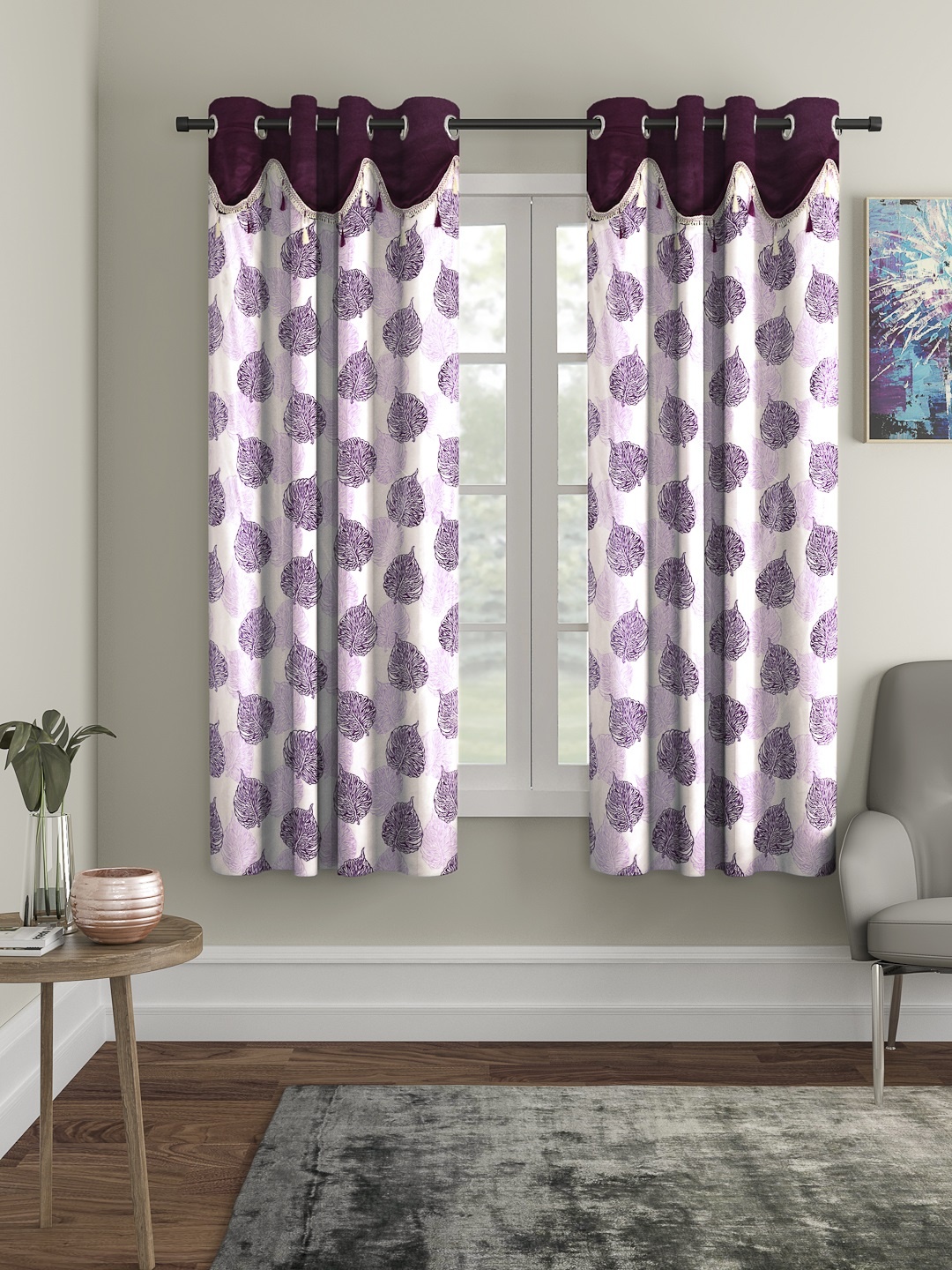



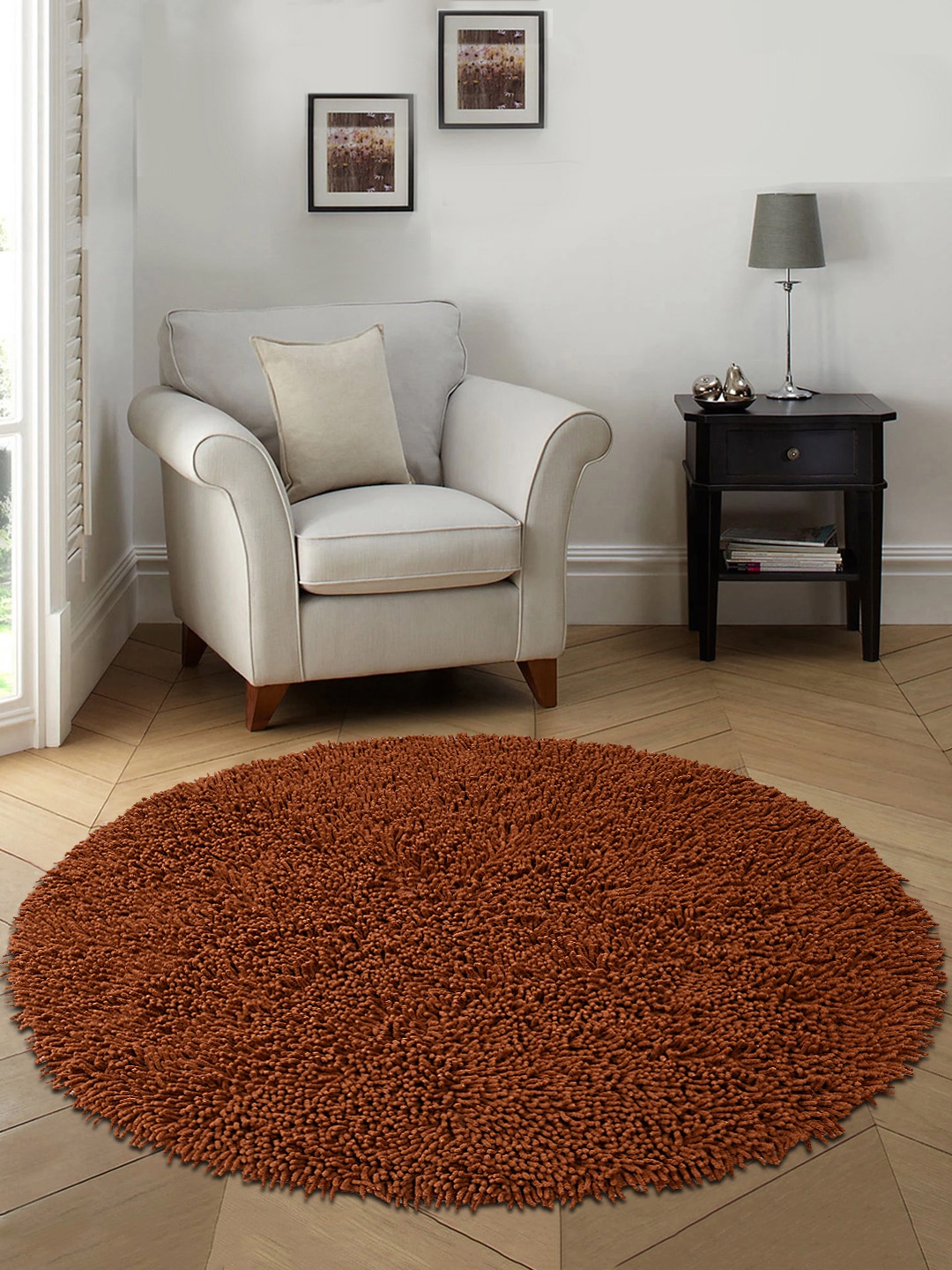
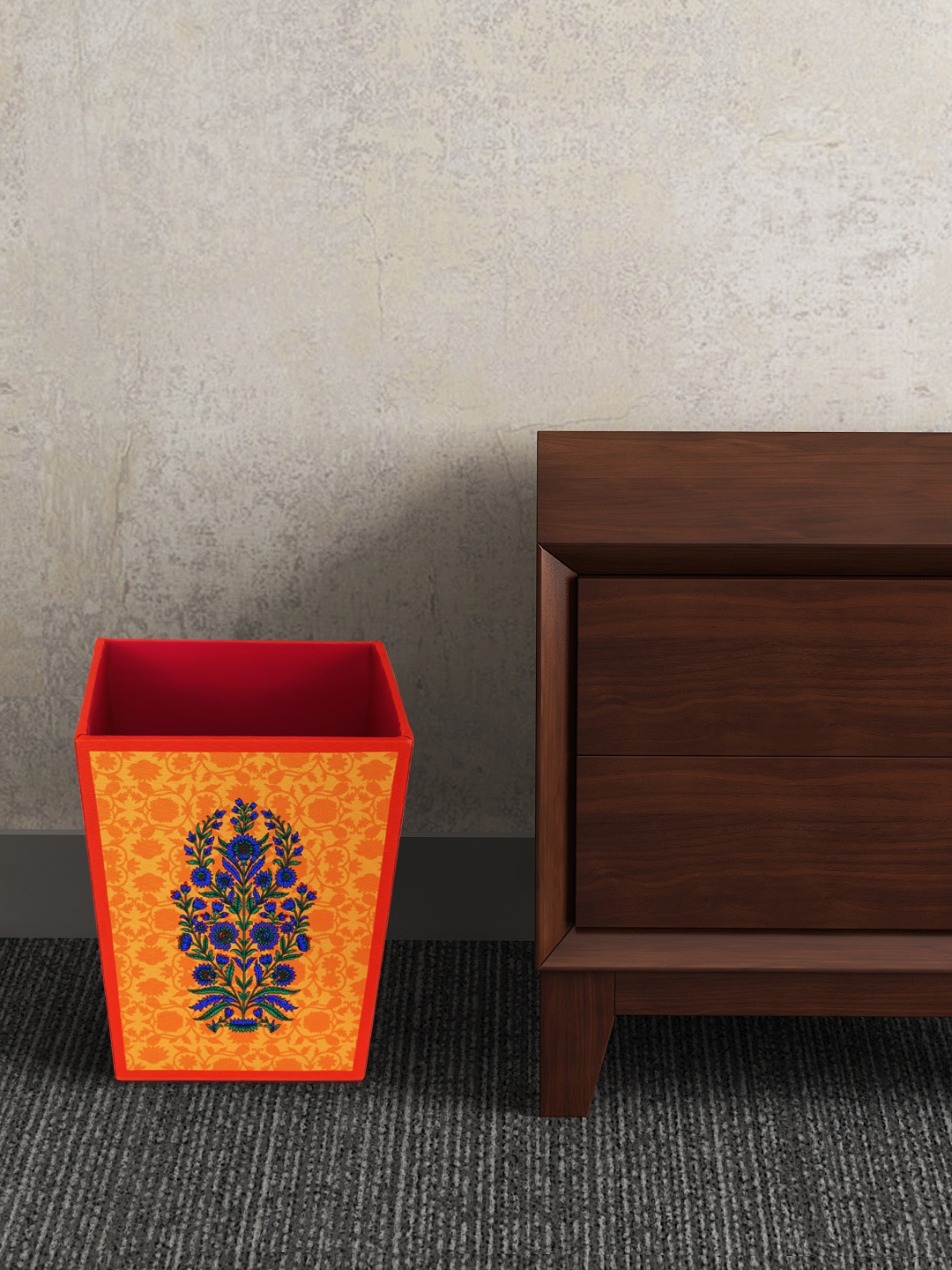
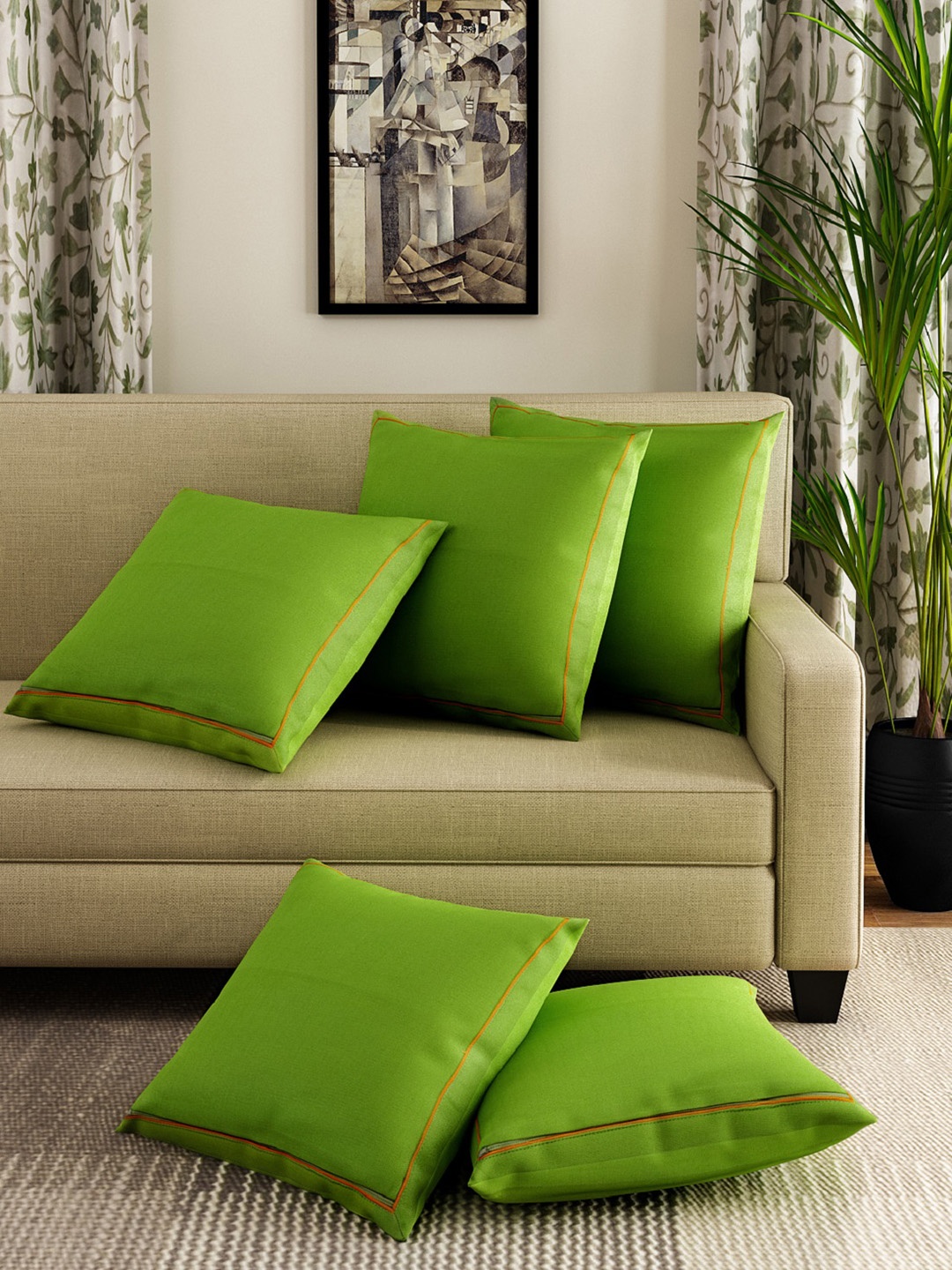
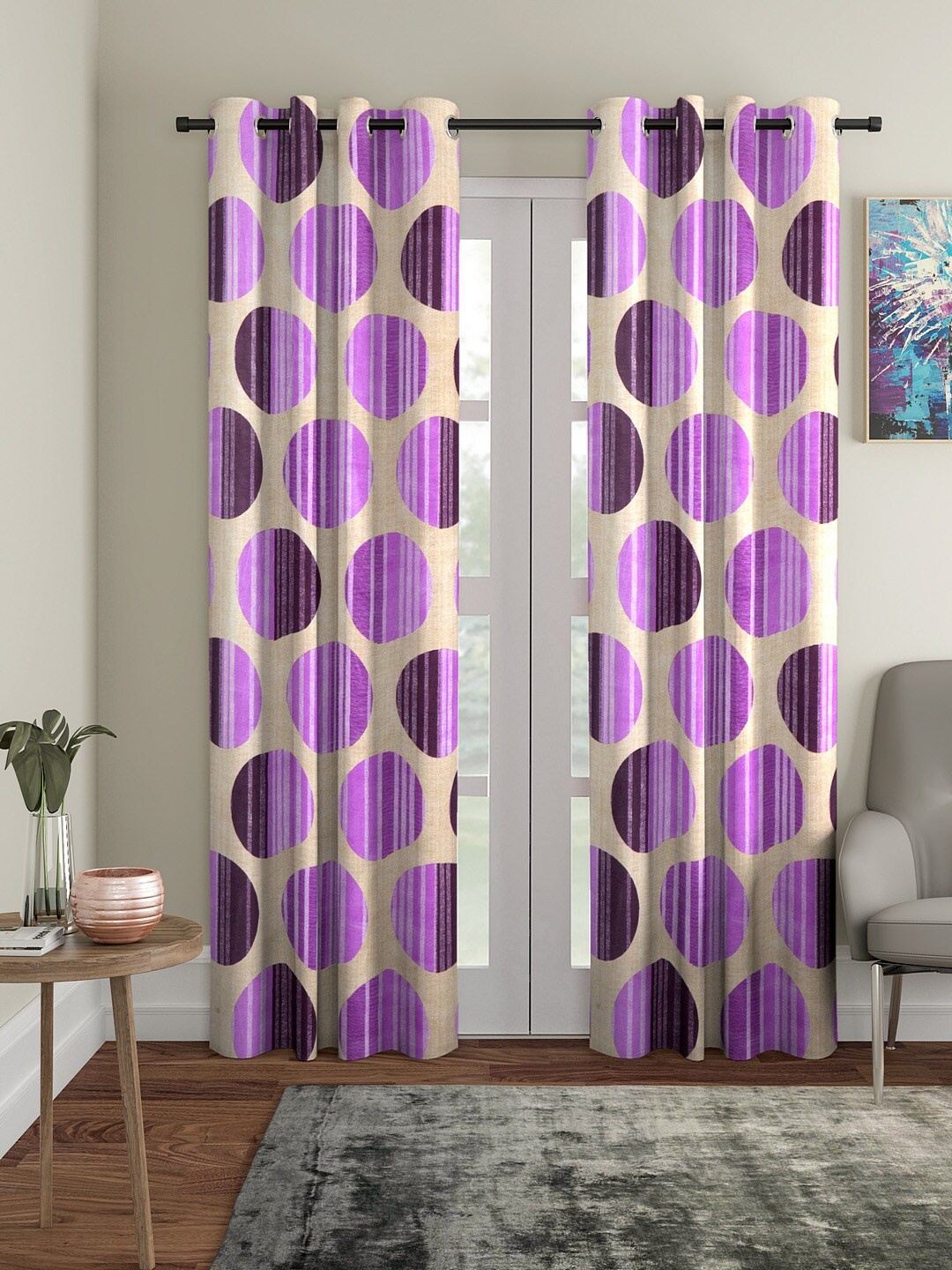

![Steam Iron Teflon Shoe Cover for ES-300,ST-96 [Only For ES-300 and ST-96 Model Electric Steam Irons]](https://m.media-amazon.com/images/I/51wwkttondL._SL160_.jpg)




